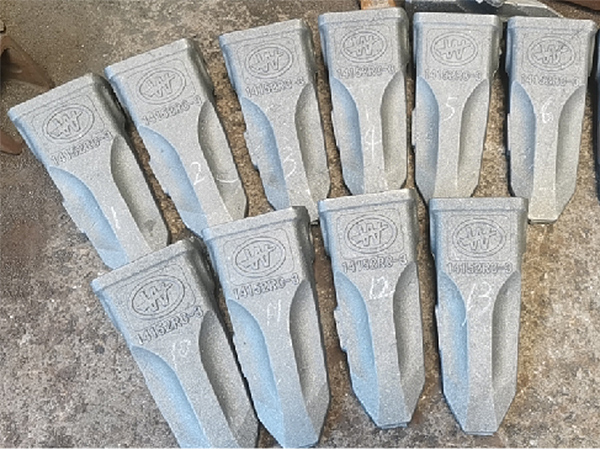The Importance of Sanding in 3D Printing
3D printing has revolutionized the way products are designed and manufactured, enabling incredible levels of customization and complexity. However, the journey from digital model to physical object often requires additional steps to achieve the desired finish, and one of the most critical processes in this journey is sanding.
Sanding is the act of smoothing the surface of a 3D printed object by rubbing it with an abrasive material, typically sandpaper. This process is essential for several reasons, especially when it comes to aesthetic and functional qualities.
Enhancing Aesthetic Appeal
One of the most prevalent reasons for sanding 3D printed objects is to improve their visual appearance. The layer-by-layer nature of most 3D printing processes, such as Fused Deposition Modeling (FDM), can leave visible layer lines, giving the final product a rough or unfinished look. Sanding helps to eliminate these imperfections, resulting in a smoother surface that enhances the overall aesthetic of the object. For applications where visual appeal is crucial, such as decorative items or consumer products, sanding can be an indispensable step in the finishing process.
Improving Functionality
Beyond aesthetics, sanding also contributes to the functionality of printed parts. Rough surfaces can lead to increased friction in moving parts, which may result in wear and tear or mechanical failure. By sanding the surfaces that come into contact with each other, users can reduce friction, leading to a smoother operation and longer-lasting components. Additionally, sanding can help fit components more accurately, which is particularly important in mechanical assemblies.
3d printing sanding

Preparation for Painting and Coating
For those looking to paint or apply other finishes to their 3D printed objects, sanding is a crucial preparatory step. A smooth surface is essential for paint adhesion; without it, the paint may peel or chip away over time. By sanding the surface first, users can create a texture that promotes better adhesion, ensuring a more durable and visually pleasing finish.
Types of Sanding Techniques
There are various sanding techniques that can be employed, depending on the material and desired outcome. For instance, wet sanding is often used with resin prints, as it helps to reduce dust and provides a finer finish. In contrast, dry sanding is common with plastic prints. Tools also play a significant role; while manual sanding can be effective for small areas, power sanders and rotary tools can expedite the process for larger surfaces.
Conclusion
Sanding is a vital step in the post-processing of 3D printed objects. By enhancing aesthetics, improving functionality, and preparing surfaces for finishes, sanding helps elevate 3D prints to a professional standard. As the technology continues to evolve, incorporating effective sanding techniques into the workflow will ensure that creators can achieve the best possible results with their 3D printed designs. Whether for personal projects or commercial products, understanding and applying proper sanding methods is essential for anyone looking to harness the full potential of 3D printing.
Post time:elo . 29, 2024 16:46
Next:how to sand 3d print
